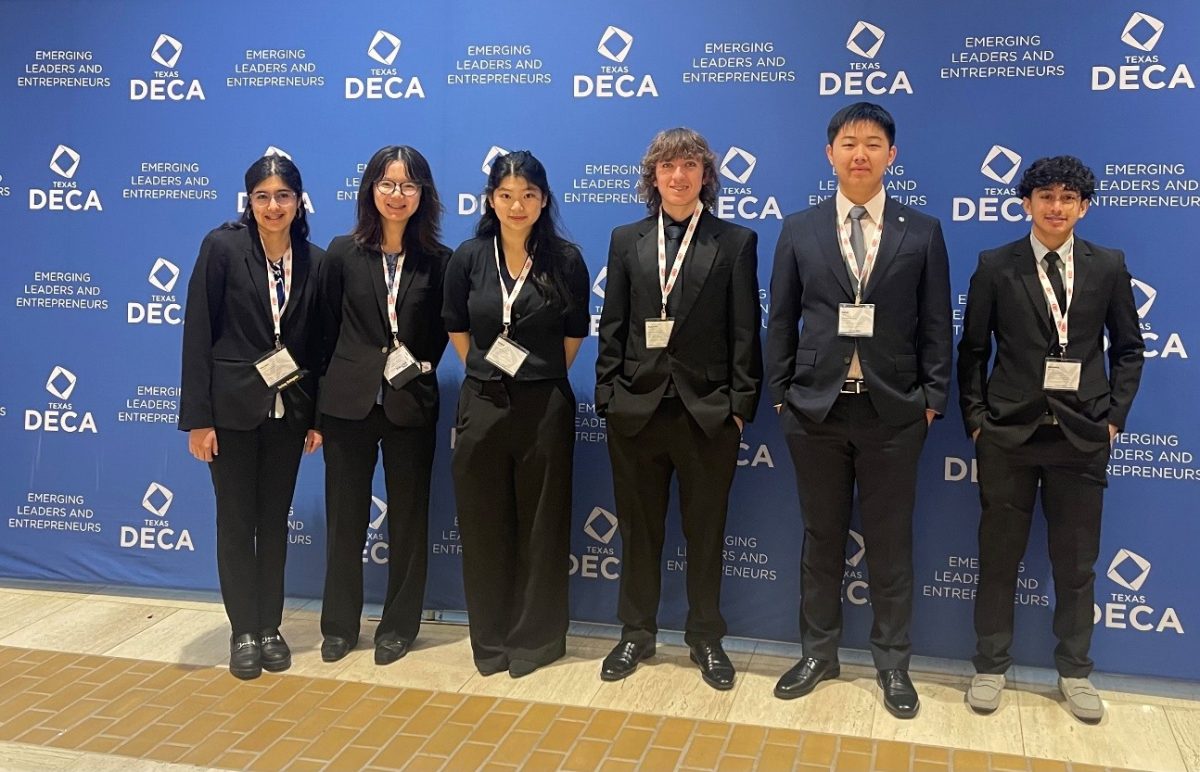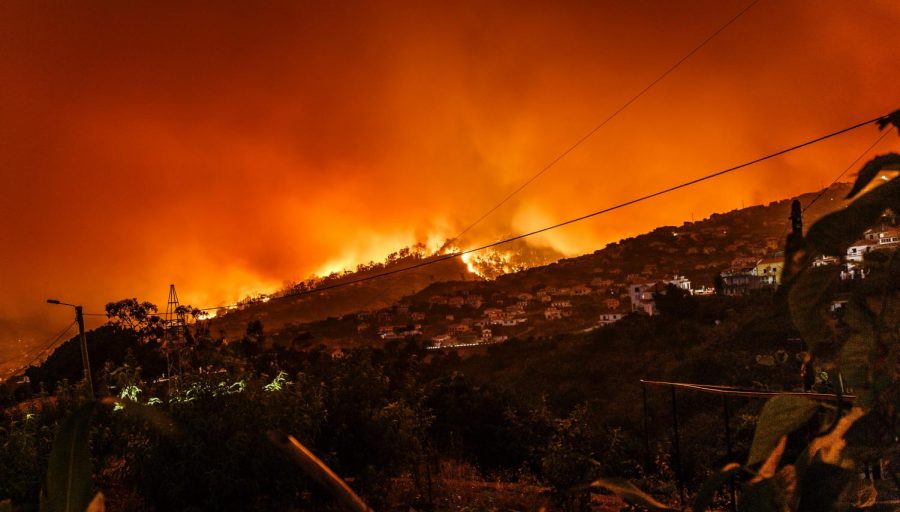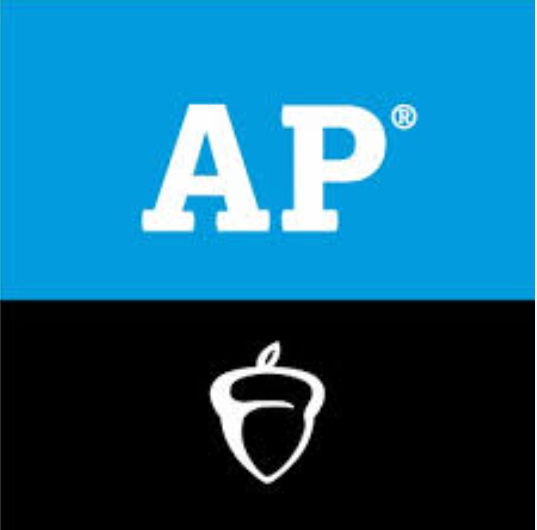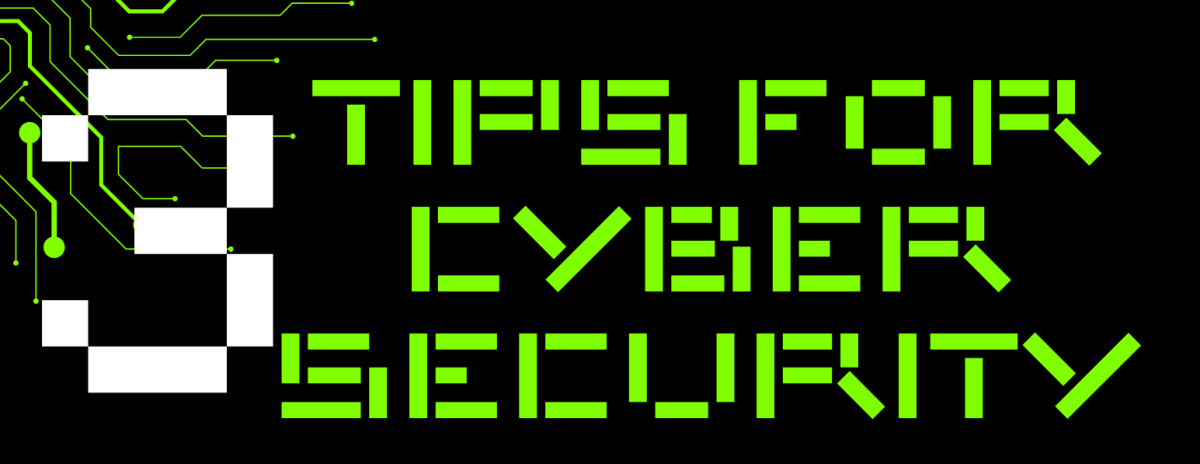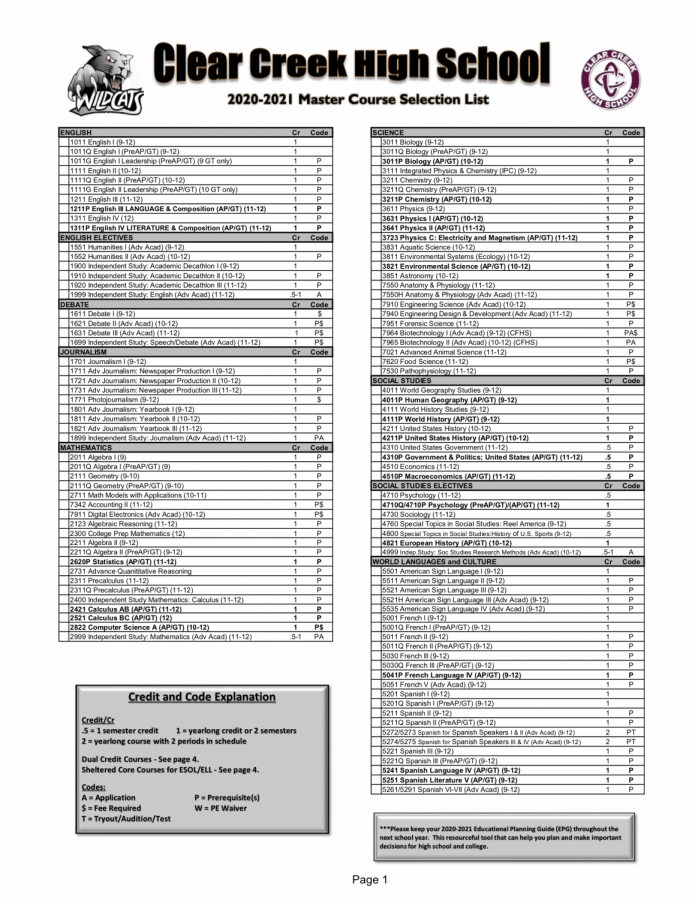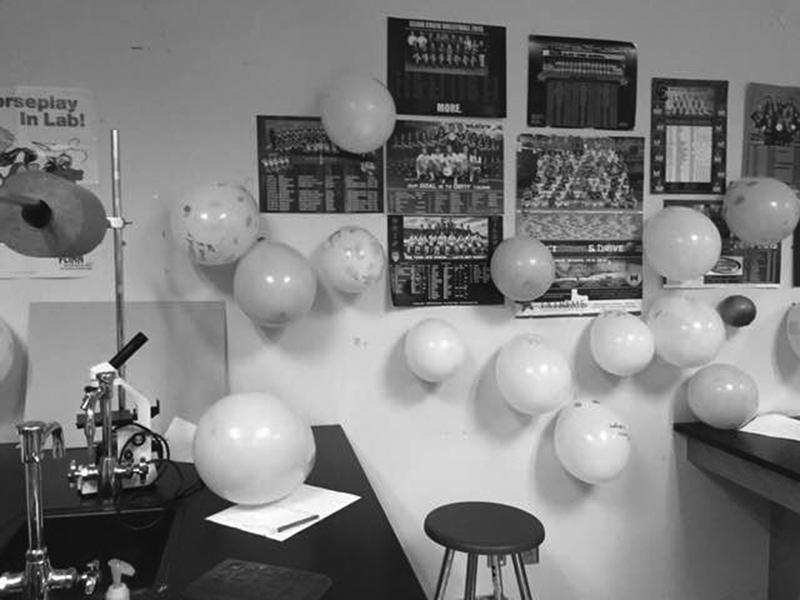Forensic science class learns DNA fingerprinting
January 8, 2016
While forensic scientists analyze criminal evidence in the real world, students at Clear Creek High School took the first step right in their own school. Upstairs, in room B219, Mr. Muller led his students through the process of DNA fingerprinting and identification, a method used to identify fingerprints and their classification.
“We’re looking for latent prints. Those are prints that aren’t visible to the naked eye,” he explained.
Students were taught to use multiple methods to expose fingerprints they imprinted on glass slides, and then classify and record what they saw. The distinctions made in fingerprint analysis help narrow the list of possible owners, and, in the crime world, possible culprits, of the print.
Creek’s forensic scientists-in-training used lifting, dusting, and the cyanoacrylate, or the super-glue method, to unmask these “invisible” prints and identify their characteristics. Each method had a different process to it, and some, like lifting and cyanoacrylate, were messy, so students had to be careful in order to ensure good results. Juniors and seniors alike worked together to understand how oils on human skin mark and make fingerprints visible, how investigators and CSI units prepare objects that may contain prints so that the evidence stays undisturbed, and how to classify and identify the characteristics in their own prints.
In some cases, fingerprints can be the key to cracking a case. Educating students on how that is done in the field is crucial, “because fingerprints are unique to each individual and fingerprints are commonly found at crime scenes,” according to Mr. Muller. The lab helped students to understand how fingerprinting works in the real world. Not only did the young crime-fighters have to produce visible prints, but they had to have all the information in their heads as they did it. Fingerprints have different patterns that are classified by the shapes they make on the skin. Students were expected to know the classifications and point out the criteria for belonging to a specific class. Determining whether the pattern was an arch, a loop, or a whorl, and whether it had a bridge, an island, or a bifurcation, was all up to the students.


